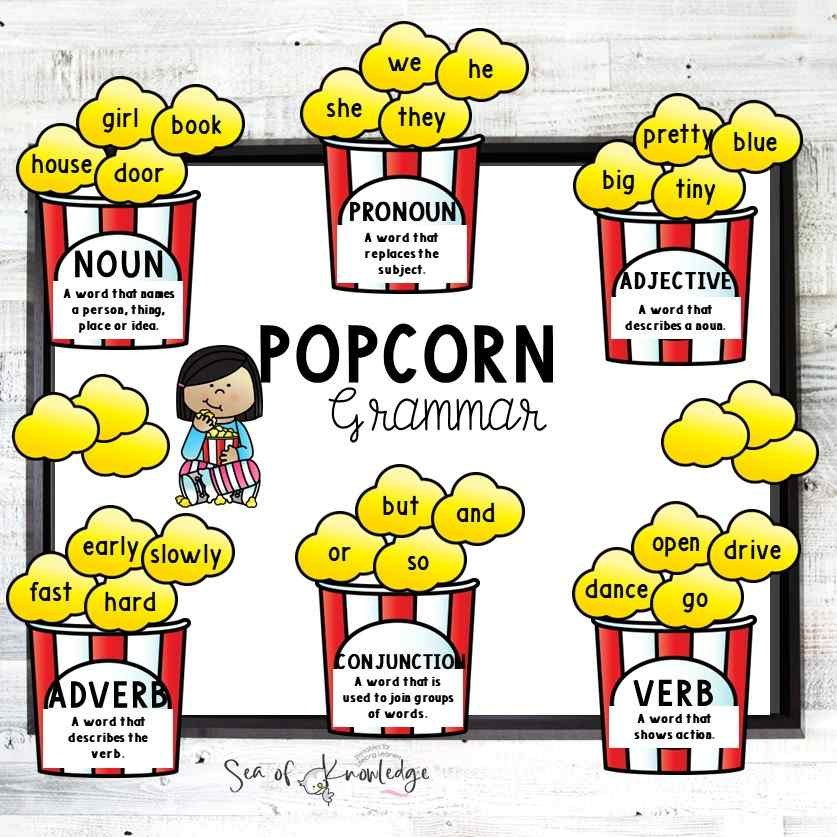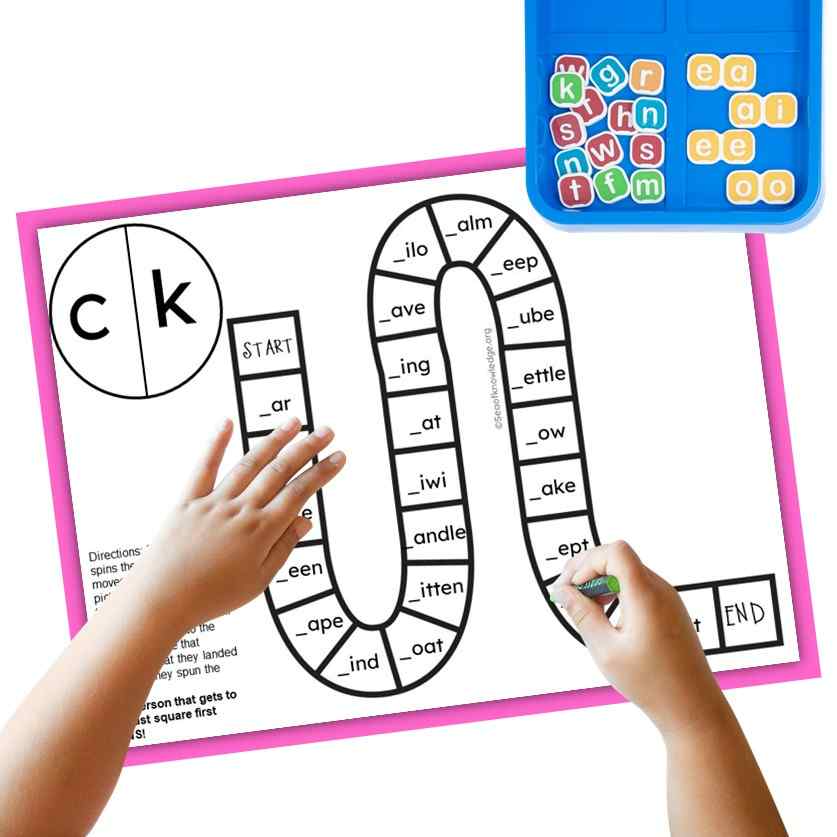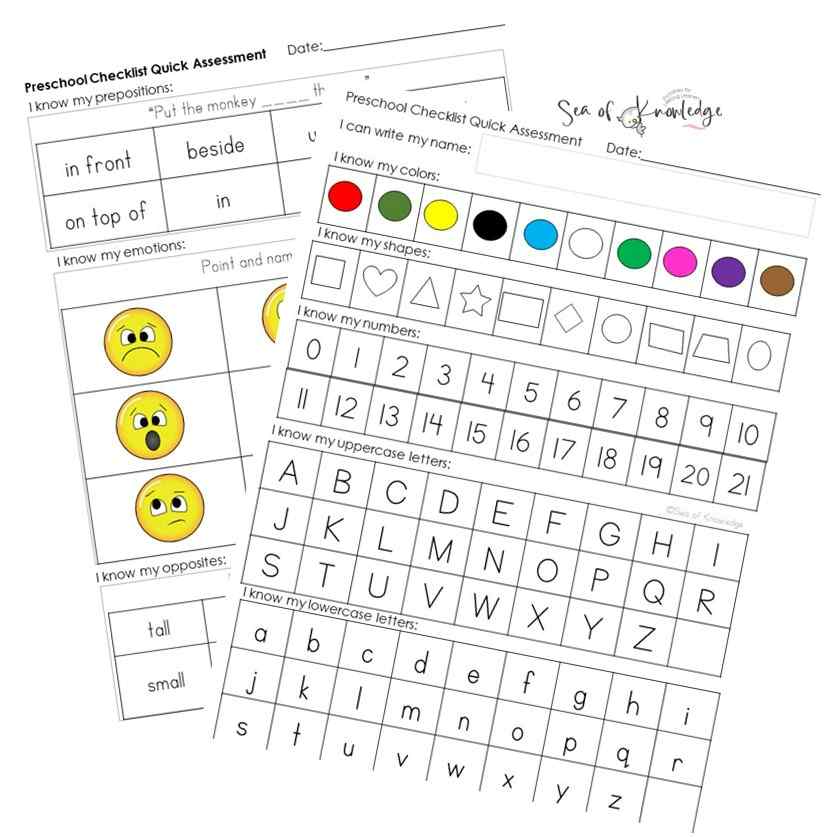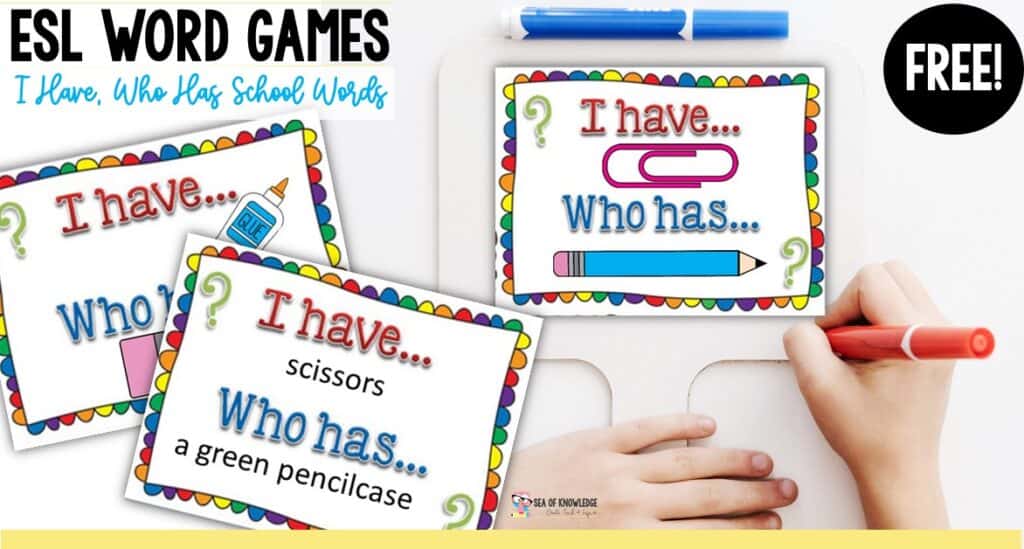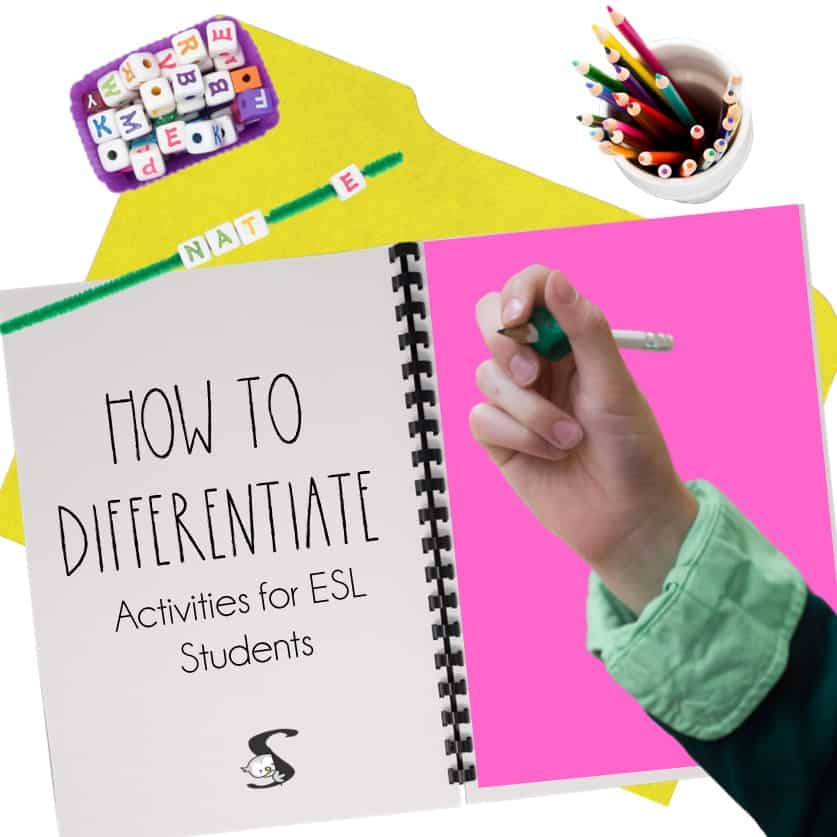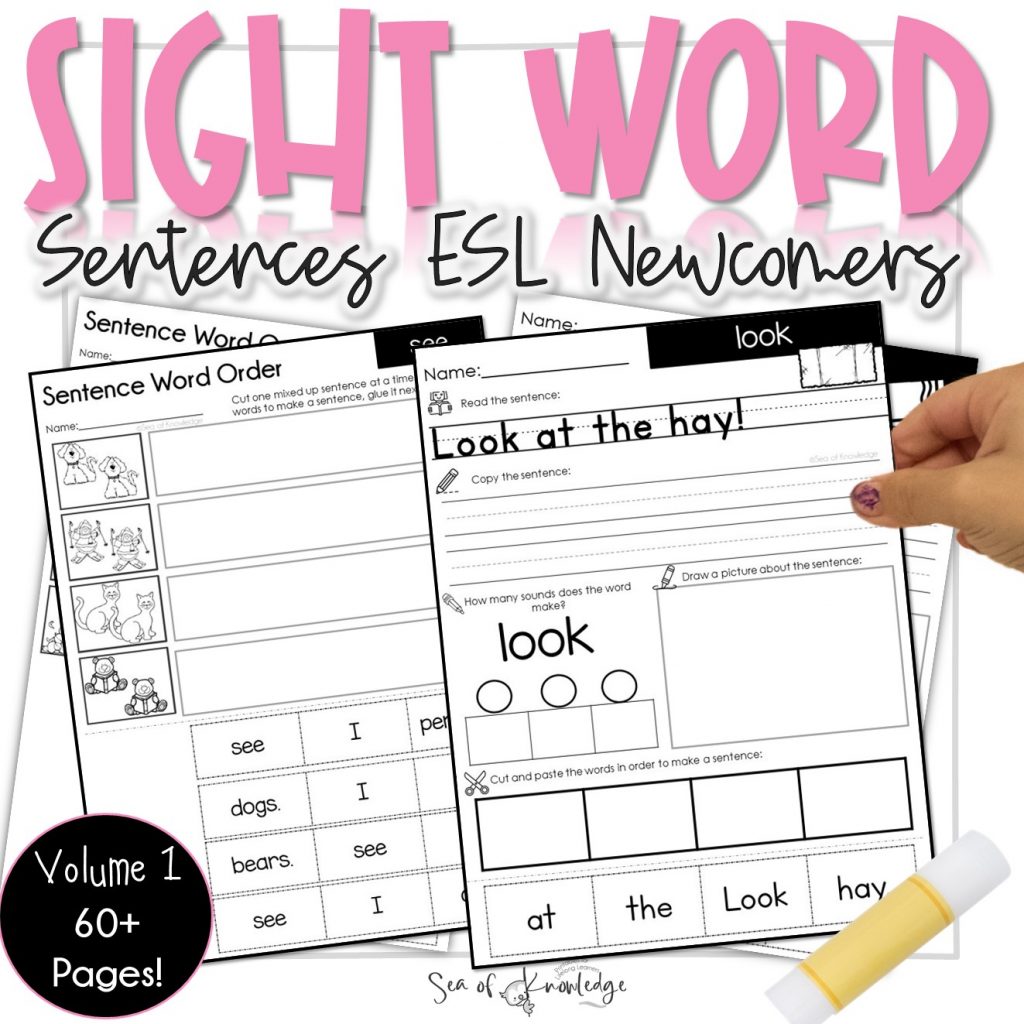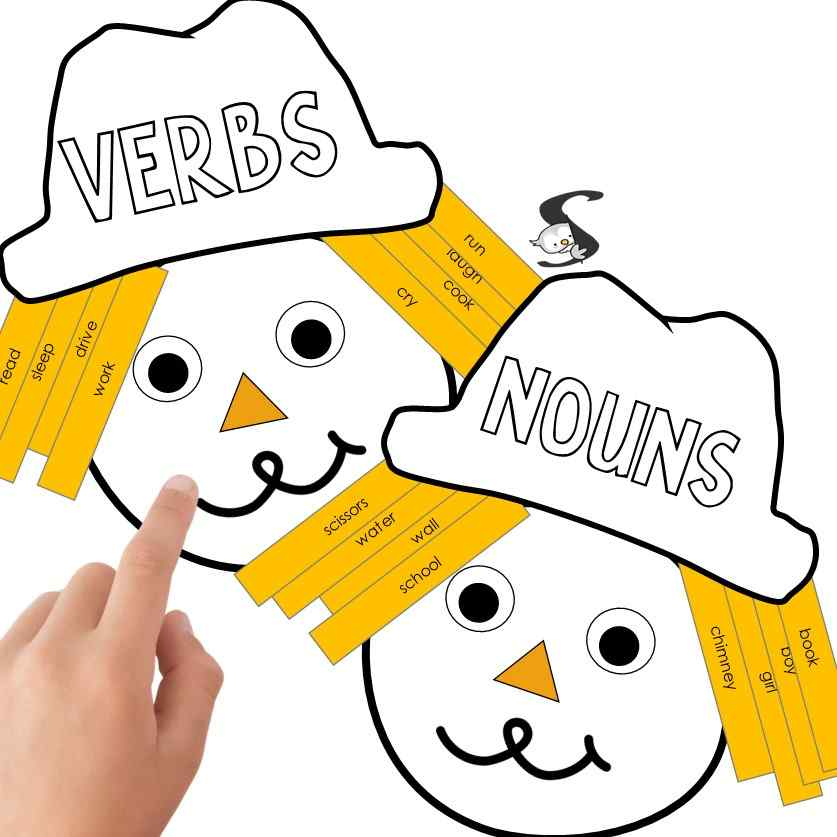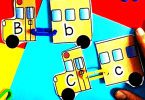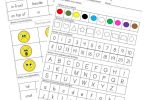Effective differentiation is crucial in English Language Learner (ELL) classrooms to ensure that all students have access to the curriculum, meet their individual needs, and achieve academic success. This article analyses How to Differentiate for ELL Students and provides tips and ideas and resources to target these skills.
ELL students face unique challenges such as language barriers, cultural differences, and different learning styles.
By implementing strategies for differentiation, teachers can create a culturally responsive classroom environment, use technology to enhance instruction, collaborate with families and communities, address language barriers, and provide individualized support.

This article will explore these strategies in detail and provide guidance on how to effectively differentiate for ELL students.
Understanding the Challenges of Teaching ELL Students
Language barriers are one of the primary challenges faced by ELL students.
These students may have limited English proficiency, which can make it difficult for them to understand and participate in classroom activities.
Additionally, cultural differences can impact their learning experience.
ELL students may come from diverse backgrounds with different educational systems and expectations.
They may also have different learning styles, requiring teachers to adapt their instructional methods to meet their needs.
The Importance of Differentiation in ELL Classrooms
Differentiation is essential in ELL classrooms to ensure that all students have access to the curriculum.
By tailoring instruction to meet the individual needs of ELL students, teachers can provide them with the support they need to succeed academically.
Differentiation also promotes academic success by allowing students to learn at their own pace and in a way that is meaningful to them.
By addressing language barriers and cultural differences, teachers can create an inclusive learning environment where all students feel valued and supported.
Strategies for Assessing ELL Students’ Needs
To effectively differentiate for ELL students, teachers must first assess their needs.
Pre-assessment tools can help identify students’ language proficiency levels and areas of strength and weakness.
Observations can provide insights into students’ learning styles and preferences.
Student self-assessment can also be valuable, as it allows students to reflect on their own learning and provide input on their needs and goals.
Creating a Culturally Responsive Classroom Environment
Creating a culturally responsive classroom environment is essential for supporting ELL students.
Teachers should strive to understand and respect cultural differences, incorporating diverse perspectives into the curriculum.
This can be done by using culturally relevant materials and examples, and by celebrating cultural events and holidays.
By creating a classroom environment that values and respects all students’ backgrounds, teachers can foster a sense of belonging and promote engagement and learning.
How to Differentiate for ELL Students
There are several strategies that teachers can use to differentiate for ELL students.
Providing multiple means of representation, such as visual aids and manipulatives, can help students understand and process information.
Offering various modes of expression, such as writing, speaking, and drawing, allows students to demonstrate their understanding in different ways.
Allowing for flexible grouping, such as pairing ELL students with native English speakers or creating small groups based on language proficiency levels, can provide additional support and opportunities for language development.
Using Technology to Enhance Differentiation
Technology can be a valuable tool for enhancing differentiation in ELL classrooms.
Online resources for language learning, such as language learning apps and websites, can provide additional practice and support outside of the classroom.
Educational apps and games can make learning fun and engaging for ELL students.
Digital tools for assessment and feedback, such as online quizzes and interactive whiteboards, can provide immediate feedback and help teachers track student progress.
Collaborating with ELL Students’ Families and Communities
Collaborating with ELL students’ families and communities is a crucial aspect of ensuring their academic success.
Teachers who establish positive relationships with families can gain valuable insights into their students’ backgrounds, strengths, and needs.
This knowledge can help teachers create more effective lesson plans and tailor their teaching strategies to meet the needs of each student.
Additionally, understanding cultural norms and values can help teachers create a more inclusive and culturally responsive classroom environment that promotes equity and diversity.
Encouraging family involvement in the classroom is another important way to support ELL students’ learning.
Parent-teacher conferences provide an opportunity for teachers to communicate with families about their child’s progress and discuss any concerns or challenges.
Family nights, where parents and other family members are invited to participate in classroom activities, can help create a sense of community and foster positive relationships between families and teachers.
Finally, offering volunteer opportunities for family members to assist in the classroom can also be beneficial for both students and teachers.
Family volunteers can provide additional support to students who may need extra help, while also giving teachers more time to focus on individualized instruction.
Overall, collaborating with ELL students’ families and communities is an essential component of creating a supportive learning environment that promotes academic success for all students.
By building positive relationships with families, understanding cultural norms and values, and encouraging family involvement in the classroom, teachers can help ensure that ELL students receive the support they need to thrive academically and socially.
Addressing Language Barriers in Classroom Communication
In addition to visual aids and gestures, teachers can also use technology to support ELL students in the classroom.
For example, they can use translation apps or software to help students understand instructions or assignments.
Teachers can also incorporate culturally relevant materials and topics into their lessons to make the content more engaging and relatable for ELL students.
Creating a welcoming and inclusive classroom environment is also important, as it helps ELL students feel more comfortable and confident in participating in class discussions and activities.
Finally, teachers can work with ELL students individually or in small groups to provide additional support and guidance as needed.
By implementing these strategies, teachers can help ELL students overcome language barriers and succeed academically.
Providing Individualized Support for ELL Students
Providing individualized support is crucial for meeting the needs of ELL students.
Offering one-on-one instruction can provide targeted support and address specific areas of difficulty.
Providing additional resources and materials, such as bilingual dictionaries or translated texts, can help ELL students access the curriculum.
Offering language support outside of the classroom, such as after-school tutoring or language learning programs, can provide additional opportunities for language development.
Measuring the Effectiveness of Differentiation in ELL Classrooms
To measure the effectiveness of differentiation in ELL classrooms, teachers can collect data on student progress. This can be done through formative assessments, such as quizzes or observations, as well as summative assessments, such as tests or projects.

Analyzing assessment results can help teachers identify areas of strength and weakness and make informed instructional decisions.
Soliciting feedback from students and families can also provide valuable insights into the effectiveness of differentiation strategies and areas for improvement.
Effective differentiation is essential in ELL classrooms to ensure that all students have access to the curriculum, meet their individual needs, and achieve academic success.
By understanding the challenges faced by ELL students, implementing strategies for differentiation, creating a culturally responsive classroom environment, and measuring the effectiveness of differentiation, teachers can create inclusive and supportive learning environments for ELL students.
By implementing these strategies, teachers can help ELL students thrive academically and reach their full potential.

